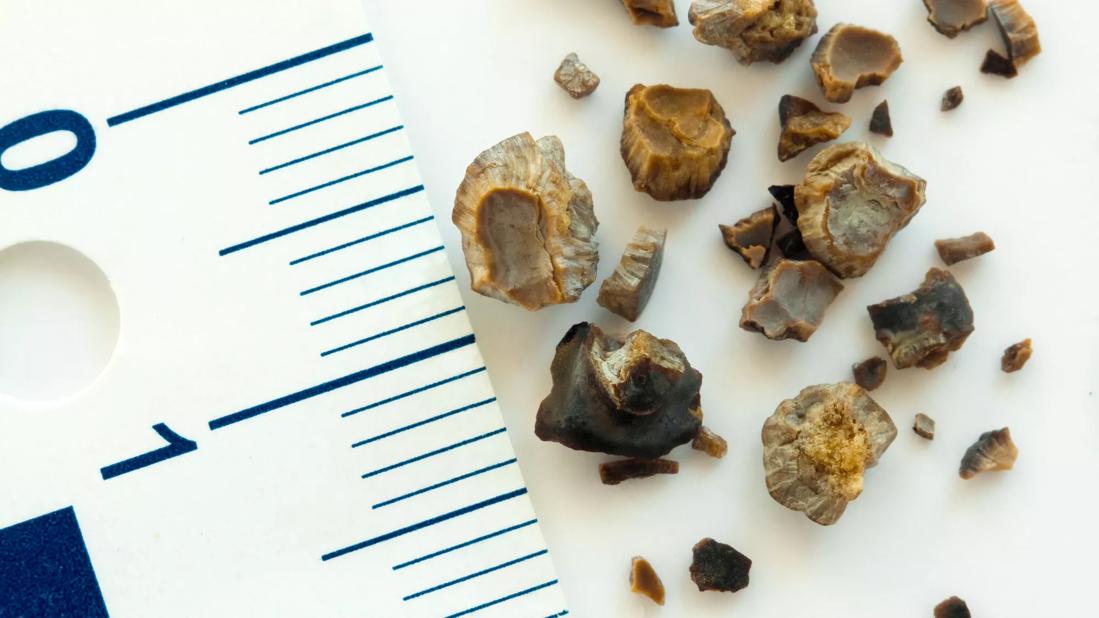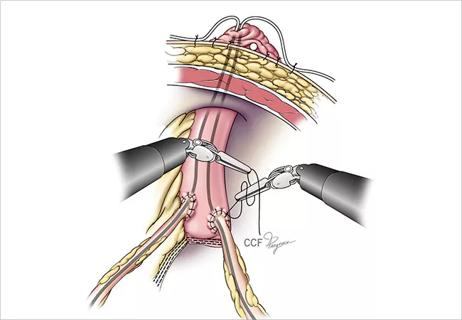Assessments of the shorter collection routine are encouraging, but not yet definitive

The prevalence of kidney stone disease (KSD) in the United States is increasing, likely in association with rising rates of diabetes and metabolic syndrome. Ten percent of American men and 7.1 percent of American women are afflicted with nephrolithiasis, at an annual cost of more than $10 billion in medical treatment and lost productivity.
Advertisement
Cleveland Clinic is a non-profit academic medical center. Advertising on our site helps support our mission. We do not endorse non-Cleveland Clinic products or services. Policy
Preventing recurrence in this population is a high priority.
Current American Urological Association guidelines for patients with a history of kidney stones recommend metabolic evaluation of urine collected during one or two 24-hour periods while on a random diet. However, the inconvenience of 24-hour collection for patients often results in poor or non-compliance, with samples deemed inadequate more than 50 percent of the time. Potential consequences include the cost and further inconvenience of repeat tests, and misguided interventions.
Patients report difficulty collecting urine during the weekday, while at work or school. Weekend sampling, while often more convenient, may not reflect normal diet and metabolic processes, potentially biasing laboratory values.
A simplified collection routine that increases the likelihood of patient compliance while providing dependable diagnostic results would be beneficial. Nighttime collection would ease the scheduling complications of daytime sampling, but there are uncertainties about its sensitivity and predictive value.
Researchers in Cleveland Clinic’s Glickman Urological & Kidney Disease Institute have been evaluating the diagnostic sensitivity of urine samples collected during a 12-hour overnight period compared to 24-hour samples.
The results, though not yet conclusive, are promising. The most recent findings, published in 2017, show that 12-hour nighttime collection correlates strongly with 24-hour collection, indicating that a simplified collection routine may be feasible.
Advertisement
“These results indicate the 12-hour nighttime collection is a reliable predictor of metabolic processes that may lead to kidney stone formation,” says study co-author Juan Calle, MD, Medical Director of Cleveland Clinic’s Kidney Stone Clinic. “Metabolic abnormalities were concordant in 92 percent of patients; however, we have to keep in mind that these results were based on a small population and need to be validated on larger cohorts and, ideally, by other institutions.”
Metabolic evaluation of urine for KSD includes the analysis of calcium, oxalate, citrate, uric acid, volume, pH, and creatinine, as well as detection of soluble minerals: chloride, magnesium, potassium, sodium, urea nitrogen, phosphorus, magnesium, ammonia and sulfate.
The 2017 Cleveland Clinic study — the first published research examining the reliability of 12-hour urine collection — prospectively enrolled 95 patients older than 18 who presented to the institution’s stone clinic from 2013 to 2015.
Participants completed two 24-hour urine collections, one from a weekday and the other a weekend. The collections were divided into 12-hour daytime 12-hour nighttime periods. Daytime collection commenced after the first morning void and continued for 12 hours, ending with a terminal void. The nighttime collection proceeded for the next 12 hours through the first morning void.
Analysis was performed on 49 24-hour collections obtained from 35 patients. The researchers compared the laboratory values of patients’ 24-hour and overnight 12-hour samples, including differences in supersaturation of calcium oxalate, calcium phosphate and uric acid.
Advertisement
The researchers found strong correlation between the chemistries and supersaturation values of the nighttime 12-hour and 24-hour collections. Whether the urine samples were collected during the week or on the weekend made no difference, correlation-wise.
“During the night, we are asleep, so some metabolic processes are halted and the urine is more concentrated,” Dr. Calle explains.
To determine how the 12-hour nighttime sample results might have affected clinical decision-making, the researchers doubled the values and compared them with the reference range for 24-hour collections.
The nighttime samples identified all patients with actionable levels of oxalate, citrate and uric acid, and all but one patient with elevated sodium. The nighttime collections also identified three patients who had elevated 12-hour values but whose 24-hour results did not reach the threshold for clinical intervention.
The shorter nighttime urine collection regimen offers several possible advantages, Dr. Calle says.
“Collecting urine for 12 hours, instead of 24 hours, is more convenient and less disruptive for patients, and improves compliance,” he says. Additional practical gains include the ease of handling smaller volumes of urine and, potentially, cost benefits.
“I presume that it would be less costly and time-consuming for laboratories to analyze smaller urine collections, which can translate to cost savings,” he adds. “However, to ascertain this we would need to specifically look into the costs associated with both collections.”
Advertisement
Despite the encouraging results from the most recent research, it would be premature at present to clinically adopt a 12-hour urine collection period, Dr. Calle says. Confirmatory studies are needed to validate those findings, and to determine what values from the 12-hour test should be considered normal. Research assessing the degree of variability among 12-hour samples collected by a patient on different days also would help inform guidance about incorporating the shortened collection regimen into clinical practice.
Advertisement
Advertisement

Study shows surgical experience impacts the risk of post-operative stricture formation

Study offers evidence to guide treatment decisions